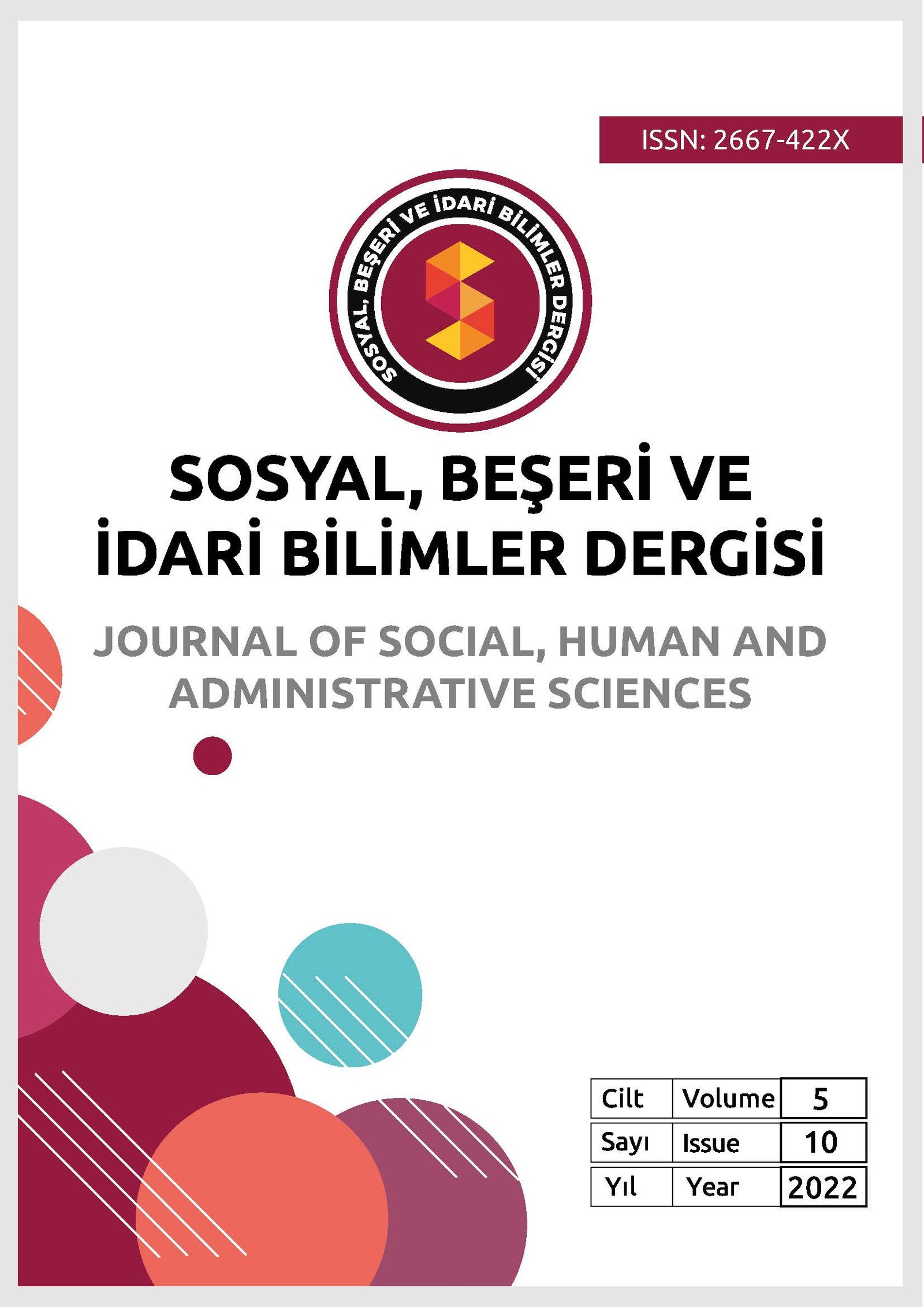The Effect of Training and Development in Human Resources Management on Job Satisfaction
Main Article Content
Abstract
The aim of this study is to examine the effect of training and development on job satisfaction in human resources management. In this context, along with the literature review, a questionnaire was conducted in individuals aged 20 and over working in the public sector for the purpose of the research. Participants were provided with detailed information on data collection tools and data analysis in accordance with the purpose of the study. In addition, the interaction and relationship of demographic information with dependent variables were also examined. The survey includes 153 public employees, 69 of whom are women and 84 are men. The ages of the participants range from 20 to 50 years and older. When the statistical analysis of the data in the survey is examined, the Levene homogeneity test was reported by taking into account the Levene homogeneity test in order to determine whether the level of job satisfaction differs according to the gender, age groups and marital status of the individuals. In addition, the one-way analysis of variance (ANOVA) technique, which is a one-way analysis of job satisfaction level according to education level, living time at work and wage barem, personal information form reflecting socio-demographic information, Minnesota Job Satisfaction Scale and Training and Development Practices scale were also used. According to the findings, it is seen that the total score of training and development practice predicts the overall satisfaction in a positive way. It was determined that the total score of training development and implementation explained 46% of the overall satisfaction total variance.
Article Details

This work is licensed under a Creative Commons Attribution 4.0 International License.

